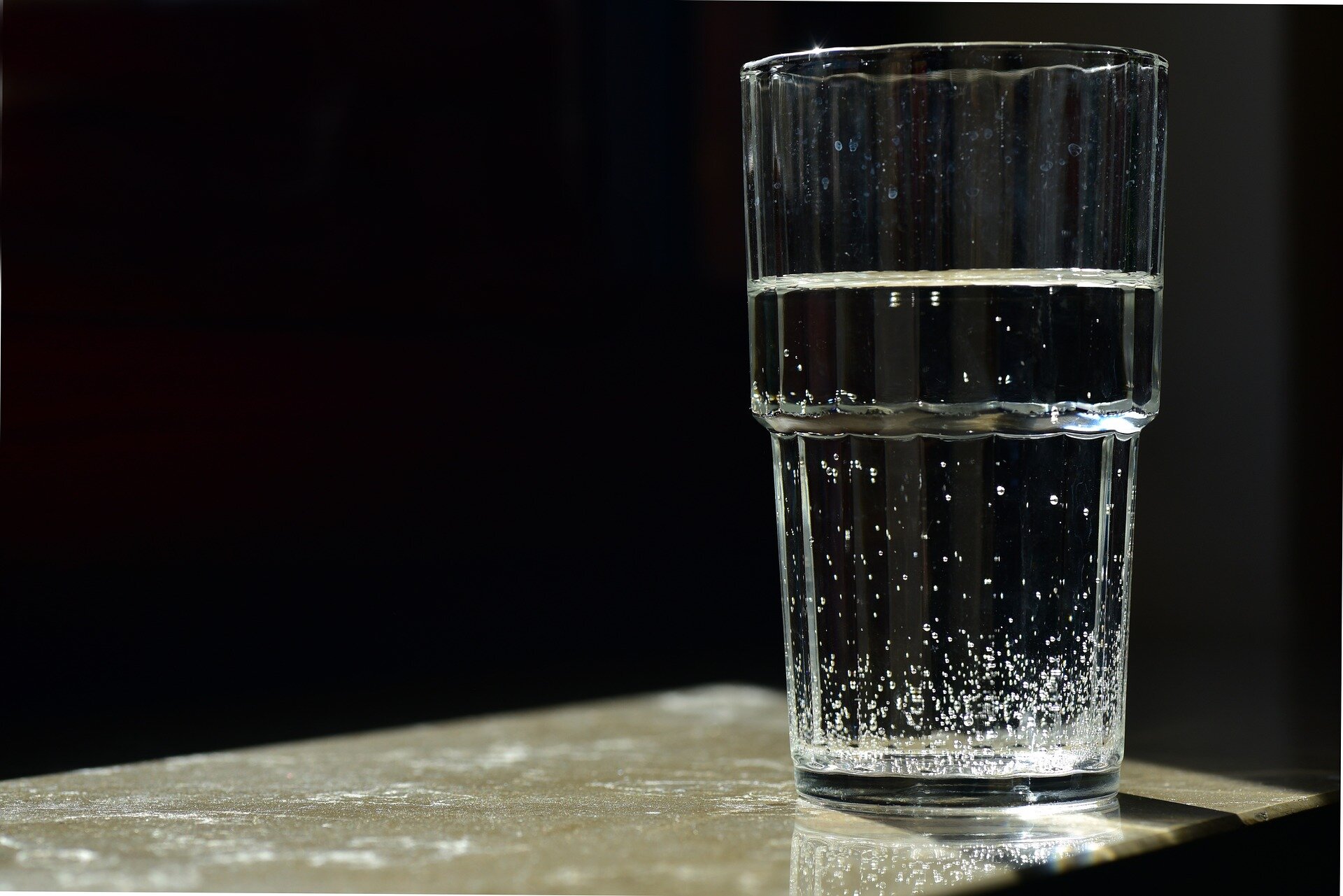Having issues with backflow in your plumbing system? Maybe you are not sure what backflow is but you know there is a problem that needs to be fixed. You’ve come to the right spot!
Read on to figure out what backflow is and what backflow testing needs to be done to see if your home has backflow. You will also learn about some preventative measures you can take to avoid backflow.
These are the 2 types of backflow preventers:
Make sure to follow our advice and remember that, if you need a backflow test done on your home’s plumbing system, contact a professional plumber. Contact us for assistance!
Backflow Testing - WaterSmart
WaterSmart has over 25 years of plumbing service experience in the Waterloo region.
“Plumbing services near me” is a common way people in the surrounding area find us and we are happy to help!
Contact us today to book an appointment for the best plumbing services KW has to offer.
WaterSmart Systems
Address: 14-105 Lexington Road,
Waterloo, Ontario N2J 4R7
Phone: 519-886-7331
Fax: 519.886.8021
Email: info@watersmartsystems.com
What is backflow?
Water is supposed to flow into your home and should flow in only one direction. Clean water enters while dirty water exits, this is the most ideal situation when it comes to the flow of water. Sometimes, the dirty water flows back toward the clean water, which is what we call backflow!
This is not an ideal situation to encounter. Typically, backflow consists of dirty water from your toilet and washing machine. If this dirty water gets into your clean water supply, there is a chance you are drinking or cooking with it, which can be very harmful.
In the United States, there are over 32 million cases of acute gastrointestinal illness every year due to the backflow of water.
Check out down below for some tips you should use to prevent the chances of backflow water entering your home.
Make sure your drinking water is clean!
How does backflow occur?
Backflow happens when dirty water reverses into the flow of clean water. There are 2 main reasons why backflow occurs: backsiphonage and backpressure.
Backsiphonage
occurs when there is a decrease in water pressure
the lack of water pressure can suck dirty water back into the water supply.
Backpressure
occurs when there is an increase in water pressure.
Backflow testing?
These backflow tests will help evaluate your home’s plumbing system to see if backflow is present. Here at WaterSmart, we assess how well backflow preventers are working.
Backflow preventers are devices within the plumbing system that help keep the flow of water moving in the proper direction. These preventers are located in cross-connections that link clean water to your showers, taps, washing machines, etc.
Backflow testing should only be conducted by certified plumbers because it is a lengthy and skill-required task. Make sure to contact us and we will conduct a backflow test and provide you with more information!
Contact the experts at WaterSmart if you require backflow testing
Types of Backflow Preventers:
Backflow prevention devices
These can stop the reversal of flow in a plumbing system. When they are installed, they are next to impossible to test because they lack inlet valve shutoffs, outlet valve shutoffs, and test valves which are crucial.
Backflow prevention assemblies
These contain all the required valves and shutoffs for testing. Therefore, they are the best to test to see if backflow is happening or not.
There are many different types of backflow preventers! Source: Harb Plumbing
Types of Backflow Prevention Assemblies
1. Pressure Vacuum Breakers (PVB’s)
PVB’s are one of the most common types of backflow preventers. It is a good option economically and it is easy to maintain and repair. It is also great at preventing backsiphonage due to its advanced internal system.
A negative aspect of PVB’s is that they are not typically designed to resist backpressure or chemigation backflow
2. Spill-Resistant vacuum breakers (SRVB’s)
SRVB’s help prevents water leakage. They are very similar to PVB’s but they have additional diaphragm seals to keep water from spilling. They do a great job against backsiphonage but not against backpressure.
3. Double check Valves (DCV’s)
DCV’s are a common choice for backflow prevention in indoor and outdoor plumbing systems. Commonly used in backflow prevention for underground or in-line usage. DCV’s are very effective.
4. Reduced Pressure Principle Backflow Assembly (RPpba)
RPPBA is one of the safest and most dependable backflow preventers. This makes it one of the most expensive in the market and the hardest to install and maintain.
They can protect against chemigation backflow, backsiphonage, and backpressure!
Need help installing?
If you need help or would like some answers on how to install any of these devices, make sure to contact the professionals at WaterSmart.
“What a great experience!! I did a search on the internet, called regarding the price of a water softener and the next day it was installed and we had soft water again. Paul removed the old softener, installed and setup the new one and was out in just over an hour. He also noted that the grounding of water pipe was not done by previous installer and he corrected that as well. Cost was the same as softener that was installed 14 years ago - I am impressed.”
Contact us for more Info
If you need help and would like to learn more information about these prevention backflow testing systems, make sure to contact us as we will help find the perfect one for you!
We know this is a lot of information but it is important for you to get the best for your home.





